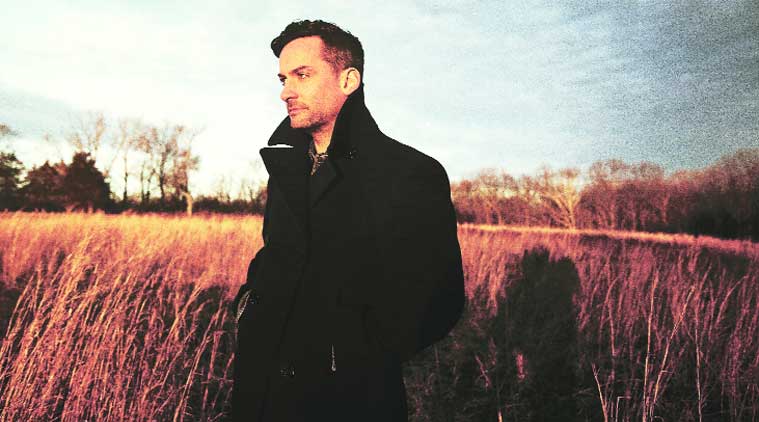Stay updated with the latest - Click here to follow us on Instagram
Get down to Downtempo
Bonobo, one of the pioneers of downtempo music, talks about moving people as opposed to making people move
 Simon Green is set to perform in the city on December 13 (Source: Express photo by Sandeep Patil)
Simon Green is set to perform in the city on December 13 (Source: Express photo by Sandeep Patil)
Simon Green, aka Bonobo, is at the forefront of his artform. Delicately constructing tracks using samples with delightful, complex bassline, his music is the answer to anyone who questions intelligence in electronic music. The genre is characterised by slow beats — made mostly, electronically — and the tracks have a groove to it. Very close to ambient music, it has more emphasis on the beat than on the melody. Green is one of the biggest names in downtempo music. He travels the world to packed concerts where people listen to electronic music not shaking a leg, but soaking the music in. Ahead of his concert, Johnnie Walker The Journey, in Mumbai on
December 13, Green speaks. Excerpts:
What’s the story behind Bonobo?
When I was a teenager, I liked alt rock bands. When I moved to Brighton as a student, I got a sampler. I was always attracted to just making music by playing instruments in layers. Ideas suddenly opened up to me when I started using my sampler. It’s been this very steady slope for the last 12 years.
Your music goes beyond formulae that defined genres and artistes. Was that conscious?
My music exists in a space between many genres. It kind of references the UK bass sound, it also has elements from all over the place: very left-field (an alternative rap genre) beats and, obviously, there’s vocals.
How did you start experimenting with samples. The weirdest technique you have used to create one?
I experiment with electronic boxes, but songs come from playing and experimenting with fragments of sound. I write the song in a more traditional sense. For instance, I try to find interesting sounds and start looping them. One sound may inspire another. I was at an airport in Hong Kong and an escalator was making this insane clicking sound. There was also a really loud tumble dryer backstage in Boston that I recorded. I use anything that is vaguely rhythmical.
What are your thoughts on the live versus electronic music debate?
I’ve been DJing longer than I’ve been doing live shows. People approach the deejay shows in the same way as the live shows. I started DJing in clubs, where it’s more about the environment, whereas the live shows are more of an immersive experience. You only have to use one half of your brain when you’re DJing. But I still get a huge amount of joy out of it.
How much have you heard of India and its music?
I’ve heard Indian music in bits and pieces but I have loved India all my life. I wanted to take a year off from college and travel to India. I don’t know if I will use sounds from India, it will have to be after I’ve had a chance to capture the sounds of the city. I have used the sitar quite a few times.







